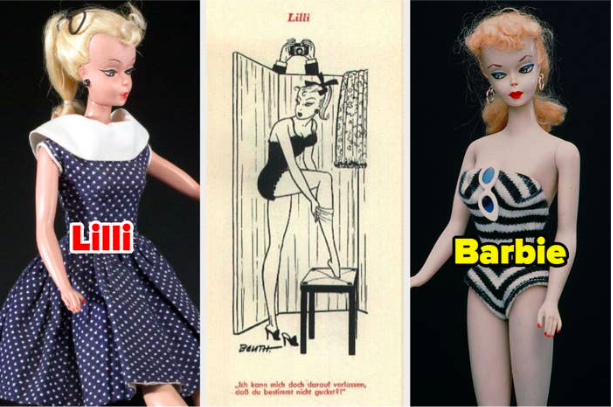
Barbillion dollars and counting. Did you see Barbie yet?
Well, she did it! #Barbie surpassed $1 billion in global box office revenue, and Greta Gerwig became the first sole female director to get it there. A pink revolution is upon us, and from watching the movie, you learn that Barbie was an innovation for her time. According to Barbie lore, Ruth Handler, the inventor of Barbie and co-founder of #Mattel Toys, was inspired after watching her daughter change the outfits on her paper dolls. With only paper dolls and baby dolls for sale, Ruth believed that a life-like woman doll would be more fun.
POOF. Barbie was born.
It’s a great breakthrough story of a never-been-done-before product that the market didn’t even know it needed.
But was Barbie a new invention, a moonshot , or another iterative innovation?
The REAL story goes that Ruth Handler got the idea in 1956 while on vacation in Germany. There she met Lilli – a comic strip character of a sex worker that was turned into a doll in 1955. Unlike Barbie, Lilli seduced wealthy men in exchange for clothes, presents, and cash. In her book, Forever Barbie, M.G. Lord writes, “Lilli was a gold digger, a kind of German woman who may have known hardship during the war, but as long as there were men who had checkbooks, she was not going to suffer again.”
Lilli was not marketed to girls but to men and sold at newsstands, with ads suggesting they hang her from their car’s rearview mirror. [Check out Lilli here].
Target market shift. Design shift. Brand and values shift.
Ruth took a dozen dolls home, began the experiments, and three years later, Barbie appeared to the glee and (some in my generation would say) the angst of little girls everywhere.
It’s essential to keep in mind a few lessons from Lilli and Barbie – two resilient women who know how to thrive and pivot in every situation:
1. Inspiration can come from anywhere, even or especially vice.
2. New products don’t just trigger innovation. Changes to the target market, brand, and merchandizing are equally powerful sources of breakthrough and profit.
3. While Lilli went away, Barbie kept on pivoting – across age, race, profession, geography, and styles – for nearly 70 years.
Most critically, Barbie’s story was constantly adding chapters, layers, and nuance with every new child who played with her. They kept telling new stories about Barbie, craving to see themselves in her, and even to a Blockbuster global movie today.
Are you looking at your product roadmap, past and present, and asking what the next chapter is? It might be time to write a new story.
#barbiethemovie #storytelling #innovation #innovationstorytelling #branding